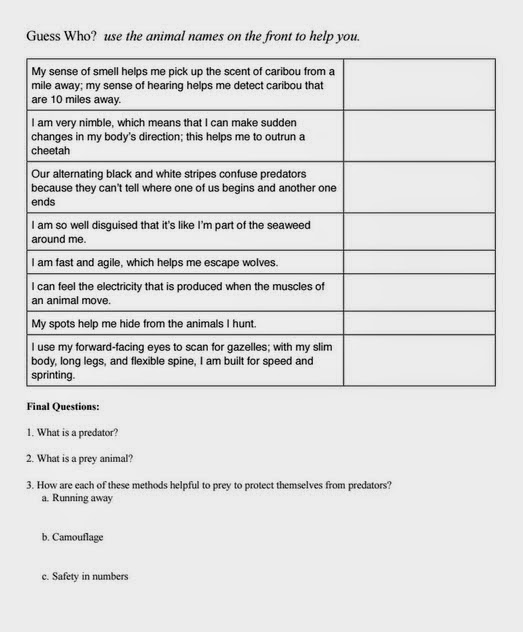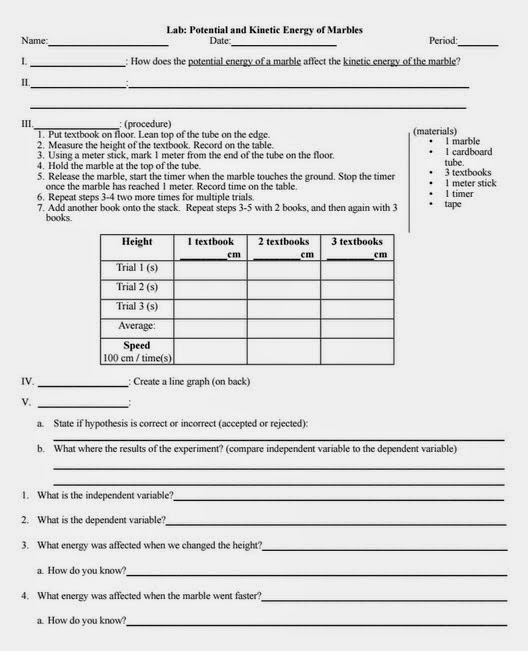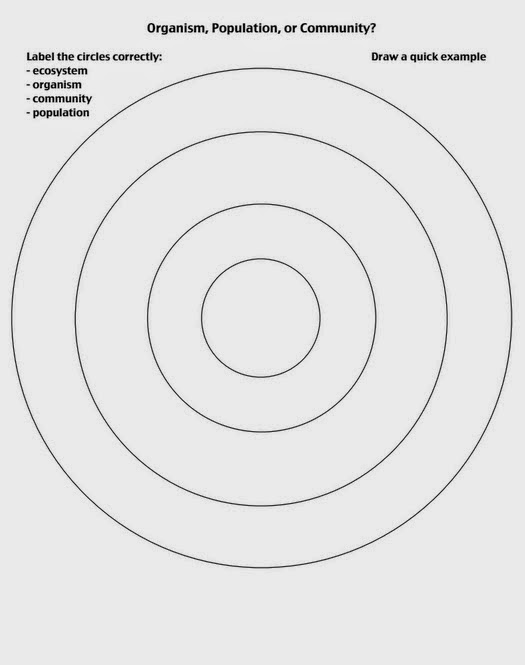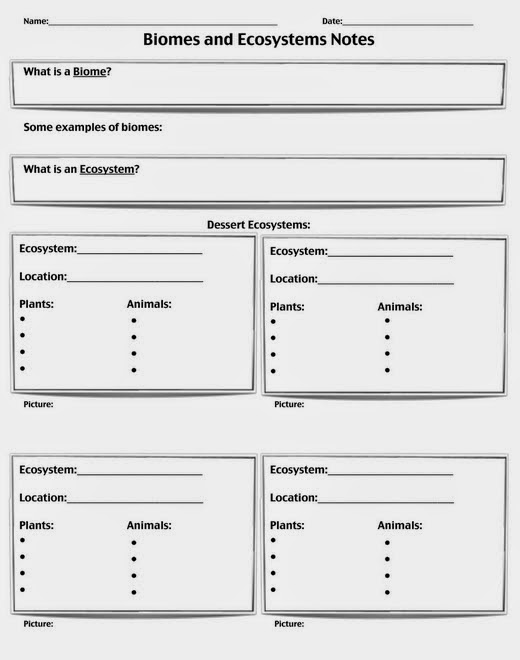This is how the school year goes.
August:
You introduce your classroom management plan. Kids are timid and obediently agree with anything you say.
September:
Kids are getting more comfortable, but are still very receptive to directions.
October:
In routine, kids are getting tired--thank goodness for Fall Break!
November:
In routine, kids are getting restless.
December:
There's only 2-3 weeks of school this month, so no one is really paying attention. You can still manage them, but it takes a lot more effort.
January:
Management plan? What management plan? These kids own the school.
February:
Time for a new management plan. Kids see you mean business.
March:
Testing, so you never see your kids anyway.
April:
More testing. When you do see your kids, they're pretty good.
May:
School is over! Oh, wait, it's not? ...Yeah, it's that bad. (But why is there more school? They were already tested, even though you were only 3/4s of the way through the year and the curriculum.)
We're in
February right now. Yes,
January was awful. Name calling, bullying, calls home, lunch detentions, parent meetings, suspensions, and even one police officer called in. I was so consumed with stress that I didn't pay my rent for February on time. Oops.
So what do we teachers do? Well, let me tell you. Nowadays it's all about
data.
Daily data. You need to know exactly where your kids are and if they're improving because of your instruction. If not, then you change instructional methods. If they are, you keep doing what you were doing and continue to monitor their progress.
Behavior management is the same thing. Classroom Management Plan working? Great! Keep at it! You go, girl! Classroom Management Plan not working? Rip it up and throw it in the trash. Time to start something new.
(this being said, there is merit to sticking to your rules and enforcing consequences. If you're the weak link in your management plan, you can't blame the management plan. Time to up your courage and trust the plan!)
I use a point system in my class. Most of my classes respond well to the point system, which is used to earn class free time. One class in particular was not affected at all by the points. So I changed it.
Let me step back for a bit. I say
I changed it. Really, though, I don't think I could have done this on my own. I tried for weeks to fix things. It wasn't until I really started praying for help that this idea came to me. And it came in a blink of an eye. You should have seen me that night. I was depressed and quietly walking around the house all evening, but as soon as I received this inspiration, I was dancing and quickly explaining to my husband all of the details and how it was going to work. I feel like I'm a pretty good teacher, but I have to say that I feel daily help from the Lord as I try to teach and reach these students.
Okay back to the awesome plan:
There are three levels. Blue, white, and orange. Kids start out on the white. It's all about homework. If class ends and you are on the white, you have to do page 1 of the homework. If class ends and you are on the orange, you have to do both pages of the homework. If class ends, and you are on the blue, then you hand in your homework at the door as you leave and you don't have to do it.
You have the ability to move up and down throughout the entirety of class. You have one warning before moving down a level. Second time and you're out. You have to show
perfect behavior for 10 consecutive minutes before you can move back up.
I've found my kids are really motivated by no homework. I had expected most of them to behave as they usually do and end up with homework. To my surprise, they responded exceptionally well, and everyone behaved perfectly (well, some needed a few reminders). No one went home with homework.
Daily Data Point: It worked.










































